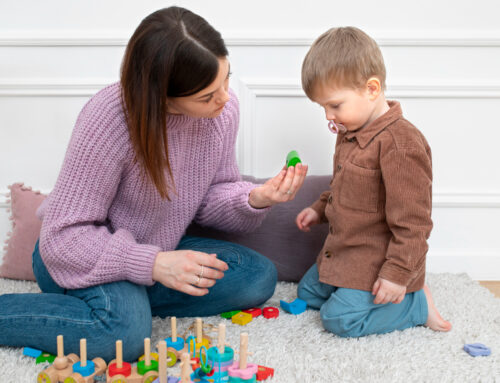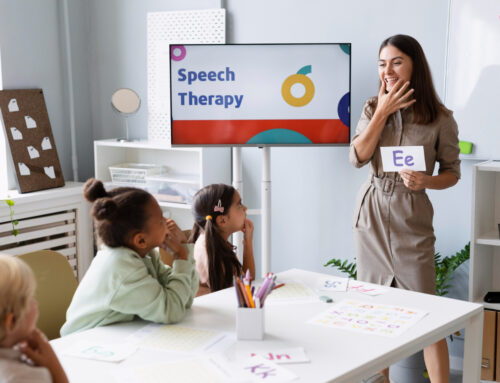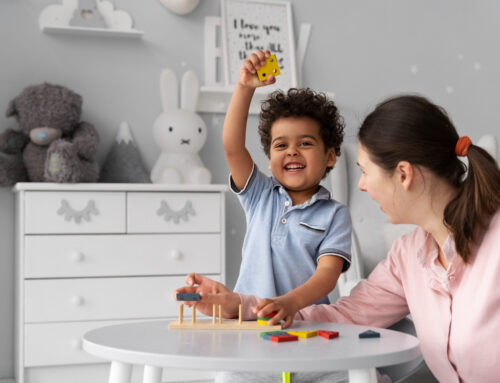Occupational therapy (OT) and physical therapy (PT) are two of the most commonly recommended therapies for helping children with disabilities or developmental challenges. Though their roles overlap and frequently collaborate, occupational and physical therapy have distinct goals, approaches, and methods.
Understanding the difference can help parents, caregivers, and educators better support children who require therapy. In this blog, we will look at occupational therapy (OT) vs. physical therapy (PT), their unique benefits, and how they help children reach their full potential.
What is Occupational Therapy (OT)?

Occupational therapy is focused on helping individuals develop the skills needed to perform daily tasks or “occupations.” This typically involves activities that enable children to be more independent in their day-to-day lives, such as dressing, eating, playing, and participating in school.
Occupational therapists (OTs) work with children to build fine motor skills, sensory processing abilities, and cognitive skills. Their primary goal is to help children participate in the activities that are important to them.
In pediatric settings, occupational therapy often focuses on helping children who have difficulties with tasks like writing, using scissors, tying shoes, or managing sensory input. For example, a child with sensory processing disorder might feel overwhelmed by certain textures, sounds, or lights, and an OT would work with them to develop coping strategies.
Likewise, children with motor coordination challenges might struggle with activities like buttoning clothes, and an OT would guide them in practicing these tasks.
Key Areas of Focus in Occupational Therapy:
1. Fine Motor Skills: OTs help children improve their fine motor skills, which involve the small muscles in the hands and fingers. This is important for tasks like writing, drawing, using utensils, and manipulating small objects.
2. Sensory Processing: Some children have trouble processing sensory information from their environment, affecting their ability to focus or stay calm. OTs help children regulate their responses to sensory stimuli like sound, touch, and movement.
3. Cognitive and Social Skills: OTs also help children develop the cognitive and social skills necessary for everyday interactions, like following instructions, problem-solving, and working cooperatively with others.
4. Daily Living Skills: This includes teaching children how to perform self-care tasks like dressing, brushing their teeth, and feeding themselves, which are crucial for independence.
What is Physical Therapy (PT)?
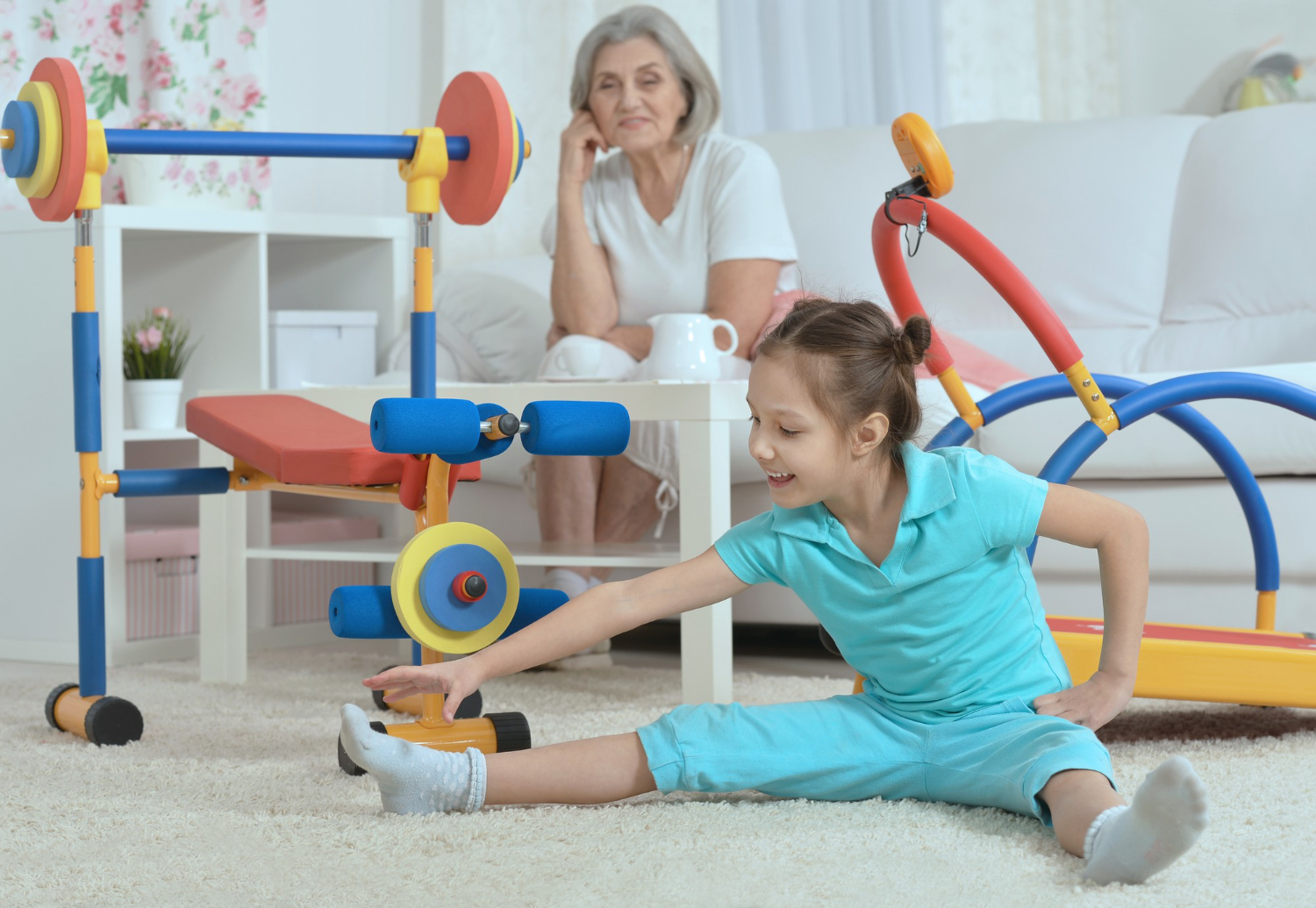
Physical therapy focuses on improving physical function, movement, and strength. Pediatric physical therapists (PTs) work with children to help them build gross motor skills, which involve large muscle groups used for activities like walking, jumping, running, and climbing.
PT aims to help children improve their mobility, coordination, and physical strength so they can engage in activities more independently.
Children who have physical limitations due to injury, developmental delay, or conditions like cerebral palsy or muscular dystrophy often benefit from physical therapy. PTs use exercises, stretches, and physical activities to help children gain better control over their movements and strengthen their muscles.
They also improve balance and coordination, which is essential for tasks like riding a bike, running, or even standing still.
Key Areas of Focus in Physical Therapy:
1. Gross Motor Skills: PTs strengthen large muscle groups that help children with activities like sitting, standing, walking, and running.
2. Balance and Coordination: PTs help children develop better balance and coordination, which are necessary for jumping, climbing stairs, or playing sports.
3. Strength and Endurance: Physical therapists design exercises to help children build muscle strength and increase endurance, enabling them to participate in physical activities for longer periods.
4. Posture and Alignment: PTs also focus on improving posture and body alignment to ensure children can move efficiently and reduce the risk of injury.
Occupational Therapy vs Physical Therapy
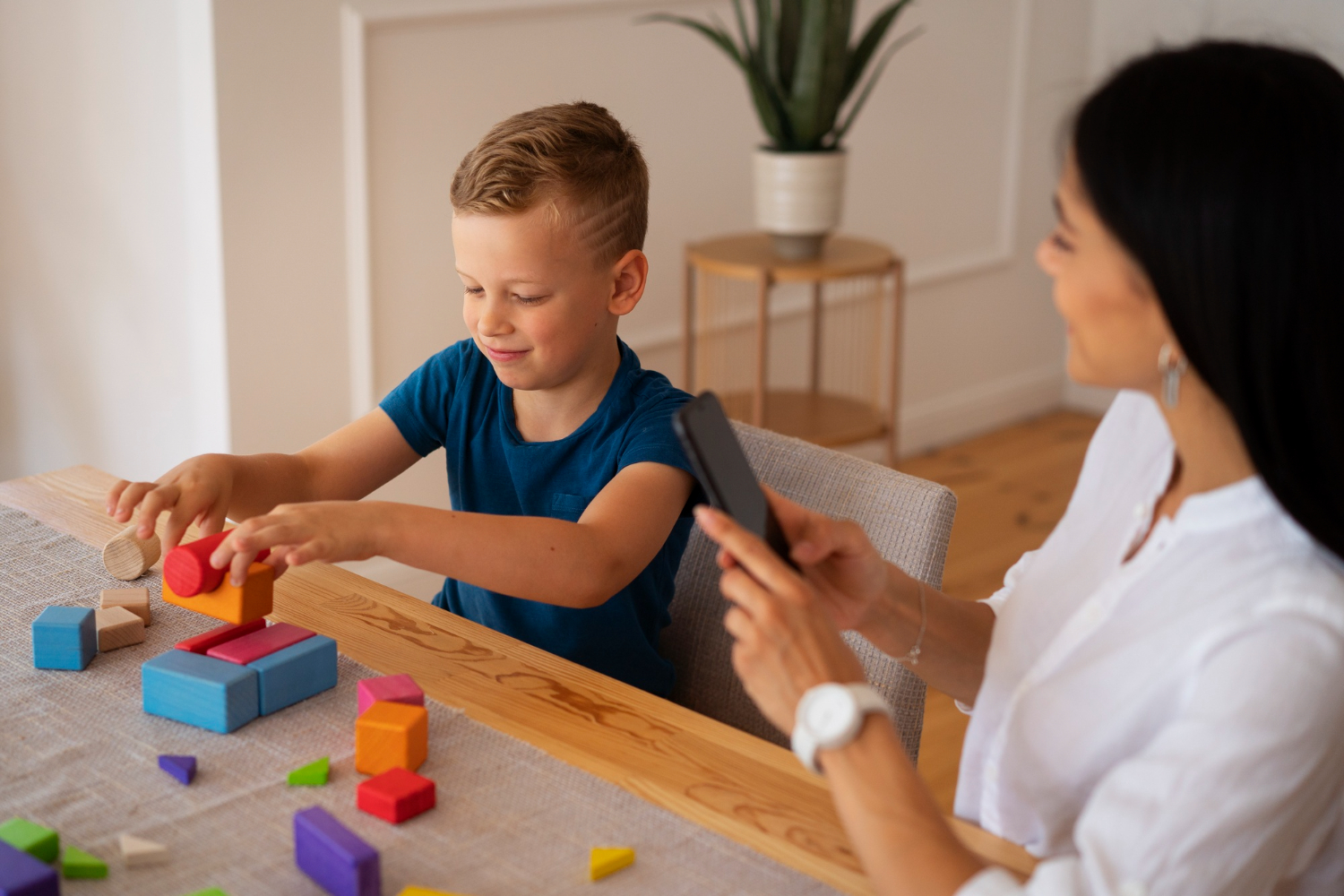
While occupational and physical therapy aims to improve a child’s overall functioning, their focus areas and approaches differ.
Here’s a closer look at some of the key distinctions:
| Occupational Therapy | Physical Therapy | |
| Goals | Occupational therapy’s primary goal is to help children develop the skills needed for daily living and independence. This could involve teaching a child how to use adaptive tools, helping them improve their fine motor skills, or developing strategies to manage sensory processing issues. | Physical therapy’s main goal is to improve a child’s physical abilities, such as movement, balance, and strength. PT focuses on gross motor skills and physical rehabilitation to ensure the child can move and function more easily. |
| Approach | Occupational therapists often take a more holistic approach, examining the child’s environment and how it impacts their ability to perform daily tasks. They may recommend changes to the home, school, or play environment to make it easier for the child to function. | Physical therapists focus more on the physical aspects of movement, using targeted exercises and stretches to improve strength, flexibility, and mobility. PT is typically more focused on specific physical goals, such as increasing the range of motion or improving gait. |
| Type of Skills Addressed | Occupational therapy addresses fine motor skills, cognitive skills, and sensory processing. It focuses on the small, detailed tasks that children need to perform throughout their day. | Physical therapy focuses on gross motor skills like walking, standing, and running. It’s more concerned with improving large muscle movement and physical endurance. |
| Tools and Techniques | OTs may use a variety of tools, such as adaptive utensils, sensory toys, and fine motor activities, like cutting paper or threading beads, to help children develop necessary skills. | PTs often use exercise equipment like therapy balls, balance beams, resistance bands, and physical activities to strengthen muscles and improve coordination. |
Which Therapy Does My Child Need?
Whether your child needs occupational therapy, physical therapy, or both depends on their specific challenges. Occupational therapy may be the right choice if your child has difficulty with fine motor tasks, sensory processing, or daily living activities.
On the other hand, if your child struggles with gross motor skills, balance, or strength, physical therapy might be more appropriate.
In some cases, your child may need both therapies. For example, children with developmental delays or conditions like autism, Down syndrome, or cerebral palsy often require a combination of OT and PT to address all areas of development. A pediatrician, therapist, or other healthcare provider can help you determine the most appropriate therapies for your child.
The Benefits of Early Intervention
One of the most important things to remember when considering occupational or physical therapy for your child is the value of early intervention. The sooner a child receives the support they need, the more likely they will develop the skills necessary for independence and success. Early intervention can significantly impact a child’s ability to overcome developmental challenges and thrive in their environment.
Both OT and PT offer essential support for children with developmental delays, disabilities, or other challenges. These therapies improve physical and functional abilities and boost confidence, self-esteem, and independence.
Occupational Therapy vs Physical Therapy— Experience the Benefits in Your Children With Theracare Pediatric Services

Occupational and physical therapy play vital roles in helping children with developmental challenges build essential skills. While OT focuses on fine motor tasks and sensory processing, PT targets strength, coordination, and movement. Together, they provide comprehensive support for children to grow and reach their full potential.
Theracare Pediatric Services offers personalized care. Our team of skilled therapists designs tailored treatment plans to meet each child’s unique needs. Whether your child needs help with everyday tasks or physical movement, we’re here to support them every step of the way.
For more information or to schedule a consultation, contact Theracare Pediatric Services today!

